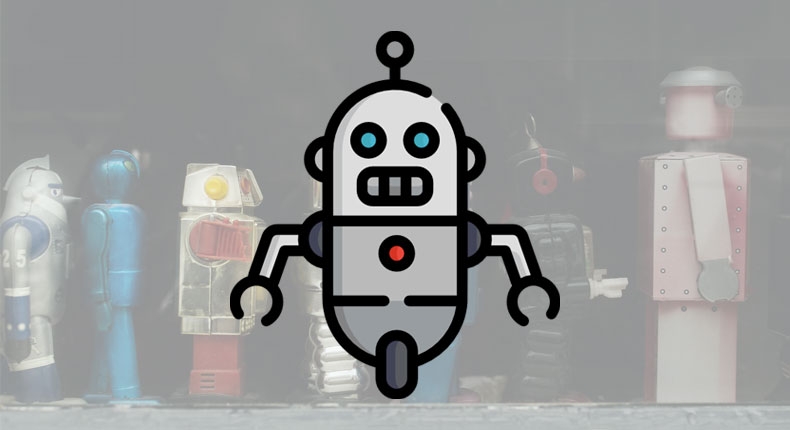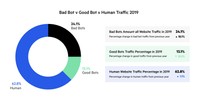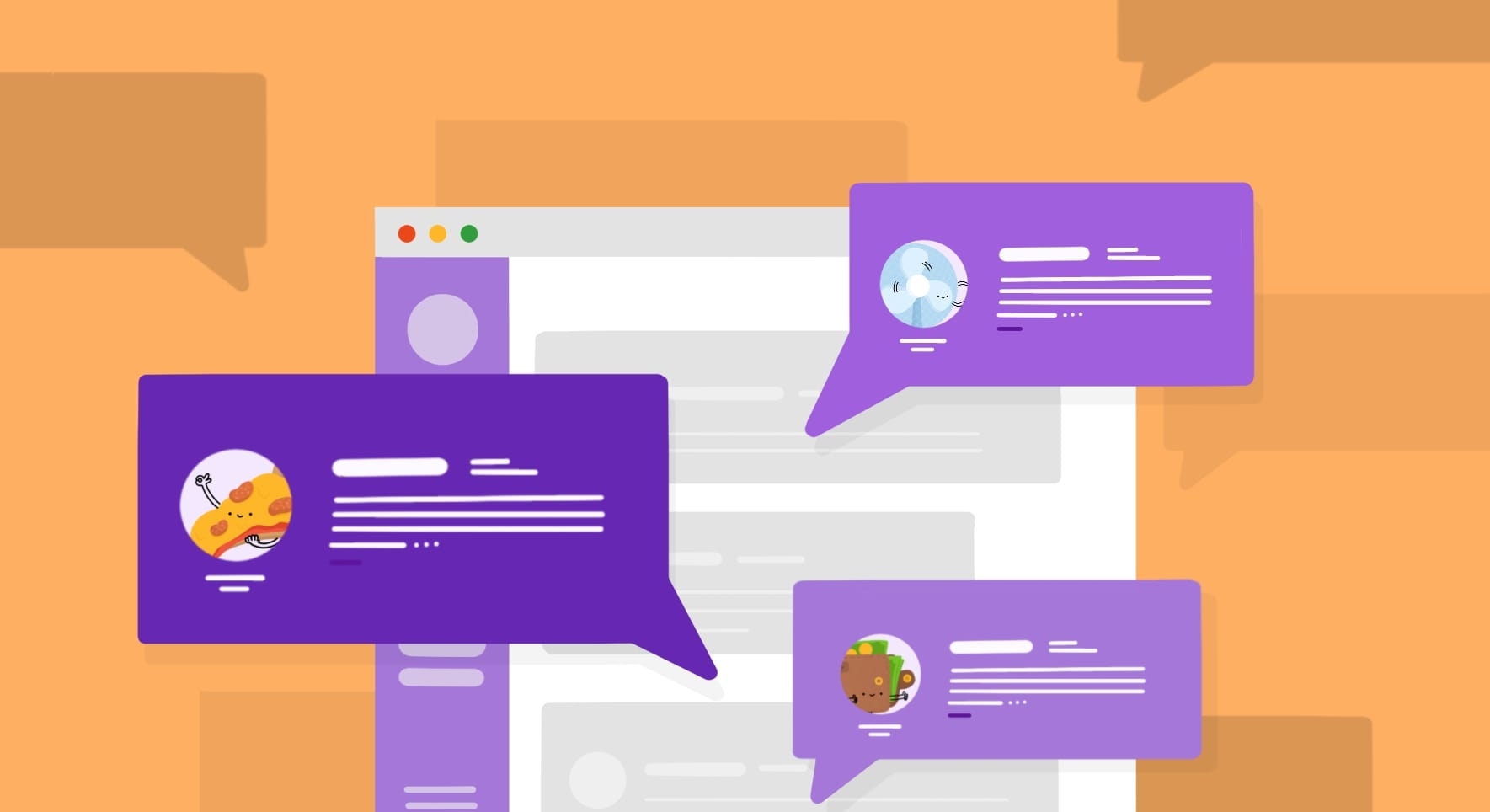If you own a website or run online ads, then robots could be interfering with your campaigns. You might think the internet is made up of mostly humans browsing the web and looking for deals, but you’d be wrong.
The internet is actually full of robots that crawl websites and visit your site without your approval. No matter if you own a business website or blog, the chances are you’ve already been visited by a robot without even knowing. In fact, if your site appears on Google then you’ve most certainly been visited by the Googlebot!
To understand how bots could be affecting your website and ad campaigns, we first need to work out how many there are. Let’s begin with answering the question everybody wants to know: what percentage of bots make up online users?
What Percentage of Online Users Are Robots?
In 2020, 37.2% of all internet users were robots. This was made up of 13.1% good bots and 24.1% bad bots.
This study by Imperva studied the characteristics of 16.7 billion visitors collected from August 2020 to November 2020. The traffic data came from 100,000 randomly chosen domains on their network and was analysed to determine which were human and which were robots.
Compared to previous years, this 37.2% was a slight decrease compared to 2016 at 51.8%. In 2013 bot traffic was as high as 61.5% but has since declined. These bots might sound like the death of the internet as we know it, but actually, some of them are very important.
Good Bots
Before you start panicking and blocking all the bots on your website, it’s important to understand that there are both good and bad bots.
Robots can be split into one of these two categories depending on what they do and how they interact with websites. Good bots will usually do things such as monitor your website to check everything is working as intended.
Other good bots will include things like search engine crawlers that are essential for keeping the internet running smoothly. If you blocked a search engine bot from accessing your website, then the chances are you’d disappear from the web.
This means no one would be able to find you and your site would lose 90% of its traffic overnight. As you can see, not all bots are bad and harmful.
To give you an idea of all the good bots out there, here’s a list of some of the most common bots you’ll find accessing your site:
- Monitoring bots – 1.2%
- Website health checkers
- Commercial crawlers – 2.9%
- Metric crawlers (AHREFs, Majestic)
- Search engine bots – 6.6%
- Googlebot and Yahoobot
- Feed fetchers – 12.2%
- Bots that convert sites to mobile content
All of these bots above play an important role in keeping websites running smoothly. If you blocked one from your site then it could have severe negative effects to your traffic
Bad Bots
Now we’ve covered the good bots; it’s time to look at the bad ones. If good bots are doing things such as monitoring your site, then bad bots are doing things such as scraping and spamming your site.
There are many reasons why people use these bots for the things they do. Some people use unauthorized bots to crawl and scrape the data off websites so they can upload it to their own. Others scavenge for sites with vulnerabilities to exploit and take advantage of.
According to the 2020 bot traffic report by Imperva, the top four bad bots were:
- Impersonators – 24.3%
- Bots that look real and are often used in DDOS attacks
- Web scrapers – 1.7%
- Used to scrape prices and content off websites
- Spambots – 0.3%
- Used to post silly comments and messages
- Hacker tools – 2.6%
- Bots that scan for vulnerabilities on websites
These bots might be some of the most disruptive and harmful bots out there, but they’re nothing compared to this next one.
What Is Bot Traffic?
Bot traffic is a type of fake traffic that people use to drive views to their websites and YouTube videos. Available to purchase online from as little as $2 per 1000 views, this traffic often comes from a range of bots that simulate real visitors.
You might be wondering why someone would pay for fake traffic to their website or videos, but there are actually are a number of reasons.
The first reason is that most customers don’t actually know the traffic is fake. Many are lured in by a good deal and can pay as much as $10 per 1000 views. The customer thinks they are getting high-quality traffic but are in fact getting bot views. Also known as ad fraud, one of the biggest ad rings discovered is the infamous Methbot which sold fake traffic to many reputable companies.
Another reason people buy bot traffic is to boost their YouTube rankings. The YouTube algorithm often takes the number of views into consideration when ranking or recommending a video. By having lots of views on your video you automatically increase your chances of ranking higher and attracting genuine viewers.
If your video is stuck with 200 views or less, then the chances are nobody will ever see it. But by buying very cheap bot traffic to boost your video, it can be a very effective technique.
Using bots and fake traffic for your own benefit is one thing, but there are many bots out there that attack innocent users.
Click Bots
Click bots are a type of bot that target users pay per click ads on search engines and websites. By fraudulently clicking on someone else’s ads they can rack up massive bills for competitors and advertisers.
This means many innocent advertisers can experience a huge increase in the amount of clicks but no sales. Not only does this cost them a lot of money, but most of the time they don’t know they’ve been the victim.
These type of bots can also be used to make fraudulent earnings from third-party networks such as AdSense. By simulating real clicks on a website’s ads, users receive a percentage of the ad revenue from the network.
The more fraudulent clicks the ads receive the more money the website owner makes. However, at the same time, an innocent advertiser will be wasting lots of money on fraudulent clicks.
Not only do these clickbots make money for certain users but they also rack up huge losses for many businesses.
Protect Your Ads From The Bad Bots
With so many harmful bots out there disrupting websites and ad campaigns, it can feel like you’re fighting a losing battle. Luckily, it doesn’t have to be that way.
After experiencing click fraud from bad bots first hand, we decided to fight back. Lunio is a unique tool that protects your ads from malicious bots and click fraudsters in real-time. Built from the ground up to offer maximum protection on PPC and display ads, our software keeps the harmful bots at bay.
Discover how you can protect your ads from bad bots and see how much you can save with our free 14-day trial.
See Also
- How Much Does Ad Fraud Cost Businesses Each Year? (Stats)
- AdTrader vs Google Lawsuit Confirms Advertiser’s Suspicions
- Is Click Fraud Illegal? Can You Go To Jail For Ad Fraud?
- Click Fraud Infographic – The Problem of Click Fraud
- What Is Device Fingerprinting And How Does It Work?
- How Hyphbot Became One of The Biggest Fraud Rings Ever Seen
- How To Stop Competitors Clicking Your Ads
Boost PPC Outcomes
Experience our 14-day trial to attract genuine users and enhance your PPC campaigns with actionable insights.







